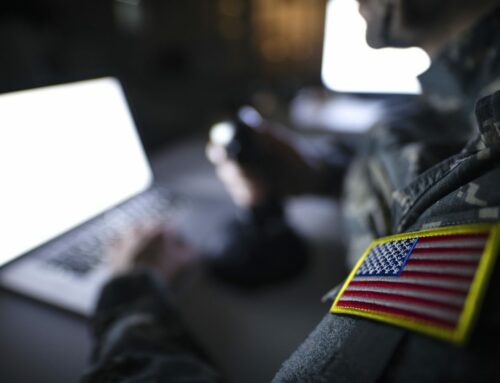Proposal graphics are an essential component in the world of government proposals. This is what I have seen in helping customers prepare 5,000 proposals over the past 35 years. Most of us in the proposal business know that good graphics is a key requirement. However, most of us still don’t tell a persuasive graphical story.
Proposal Graphics Are Meant to Tell Stories
We know that the reviewers who grade the proposals provide higher scores when there is a graphical presentation that carries them through the proposal and lets them do their job quicker and more easily.
So how can we help ourselves win more business through the best use of graphics? Let’s assume that we have a good solution and an attractive price. Then, how do we package our strong offering in a way that has a better chance of winning?
Here are two principles that will help us provide a winning package for our story:
- Don’t fail to organize every section of our argument around a graphic that shows the point of what we are saying. Classically, this is a two-page section.
- Create one or two “con ops” (concept of operations) drawings that show how the whole program or major parts of it work. Frequently, these drawings show how the contributions of bidder team members come together in delivering various phases of the program across a time period.
The desired end product is a story that is attractive, easy to understand, and higher scoring in the evaluation. The requirements to get there are (1) the discipline to require the authors to develop the graphical concepts, and (2) a few thousand more in cost for the con ops figure(s).
The bottom-line outcome is more net profit.
For those who want to read more, also check out Powerful Government Proposal Graphics.
Above, we have discussed proposal graphics from a high level. Let me add below a complementary bottoms-up approach that will help us evaluate our graphics on a one-by-one basis.
A Checklist
While the beauty of the proposal graphics is in the eye of the beholder, there are some simple guidelines for judging if our individual art pieces will strengthen or weaken the proposal. The checklist below can be used to: (1) help the writers who conceptualize the graphics; (2) help the proposal/volume managers assess the graphics prepared by their team members; and (3) rate the effectiveness of the art during Color reviews. We are suggesting that you assess each graphic against the following 10 criteria — using the numerical scoring system given below the table. The higher the score, the more likely your graphic will improve your proposal.
Government Proposal Graphics Test
- The graphic grabs your attention in less than 10 seconds
2. You can understand the message in less than 30 seconds
3. The graphical message is clear without reading the words
4. The message of the graphic is clear to a non-technical person
5. The presentation is logical. E.g., a process chart has clear start and finish points
6. The type and layout of the graphic is a highly effective way to sell the given feature or benefit
7. The message conveyed by the art is something that the reviewer either needs to know or likely wants to see
8. The art complements or supplements the text and improves the story
9. The action caption matches the graphic, summarizes it, and provides a benefit
10. The graphic responds to RFP requirements or sells themes/features and resulting benefits
SCORING: 0 – 3 Unusable, throw it out; 4 – 5 Unusable, needs a lot of rework; 6 – 7 Marginal, really needs upgrade; 8 – 9 Usable; 10 Highly Beneficial





Leave A Comment